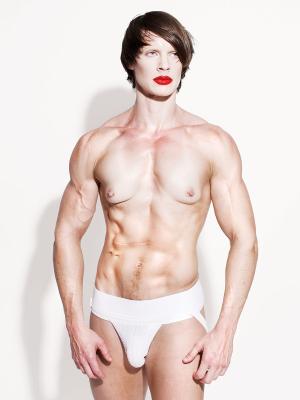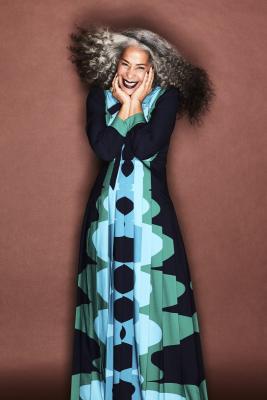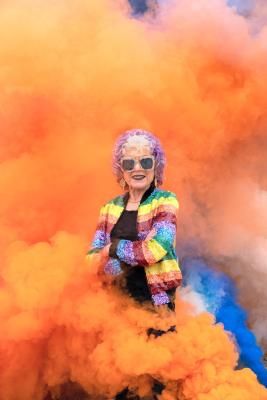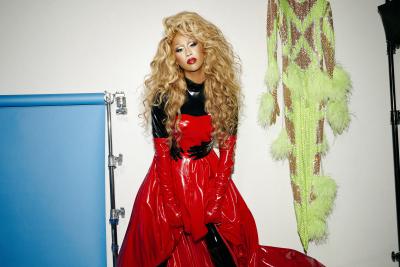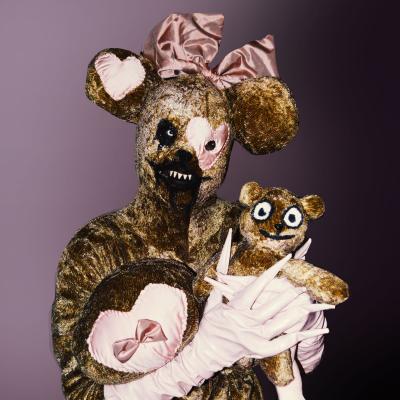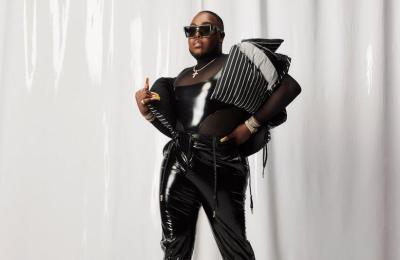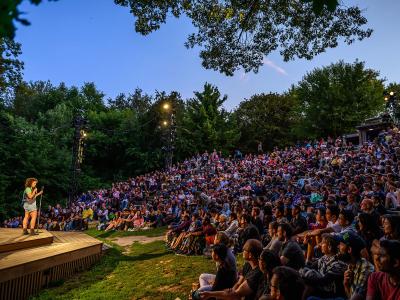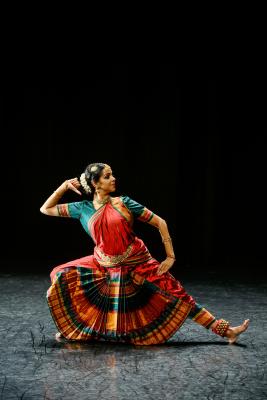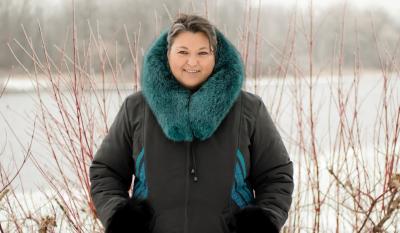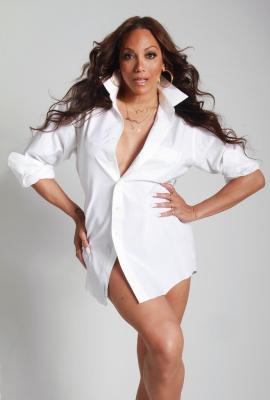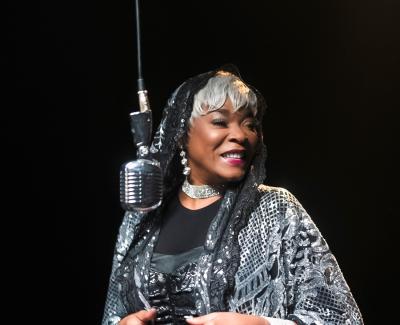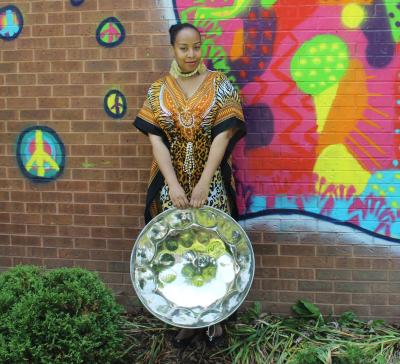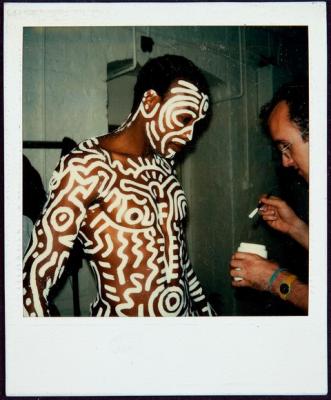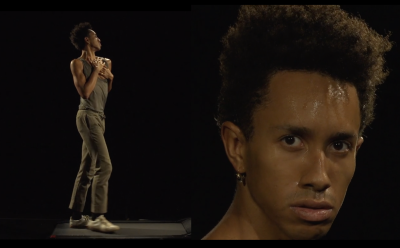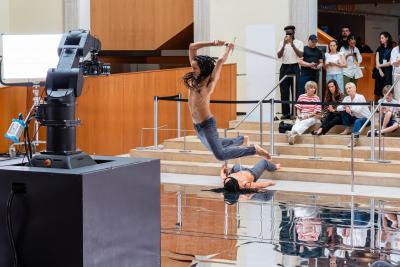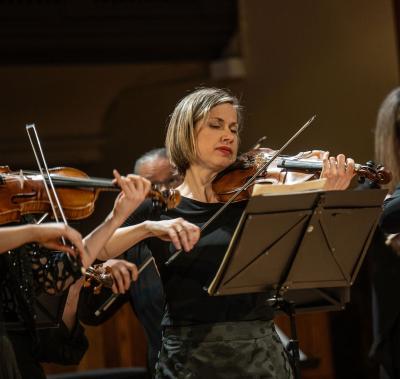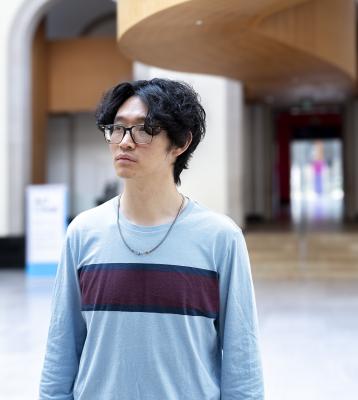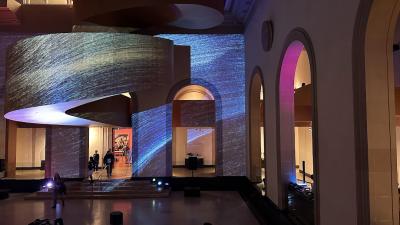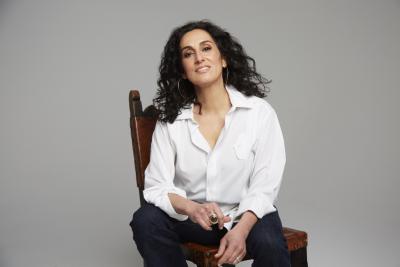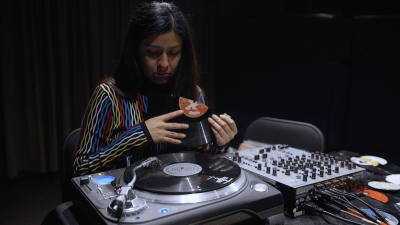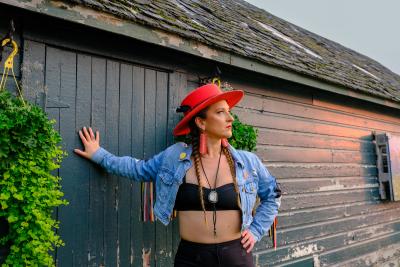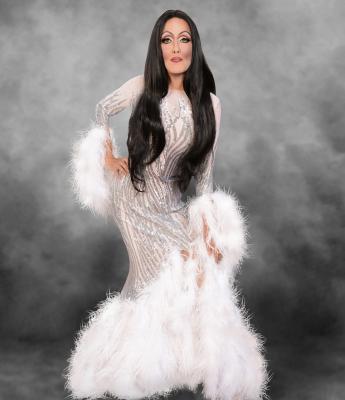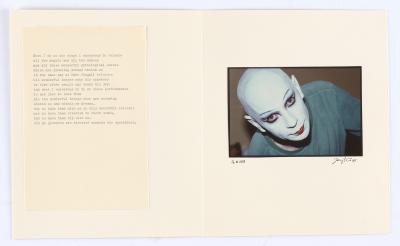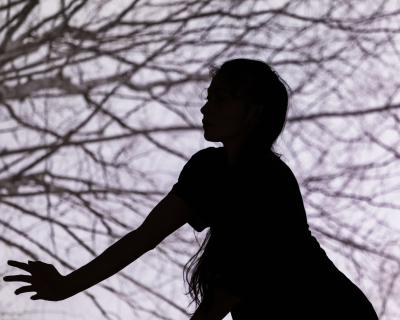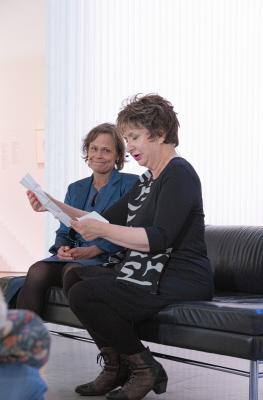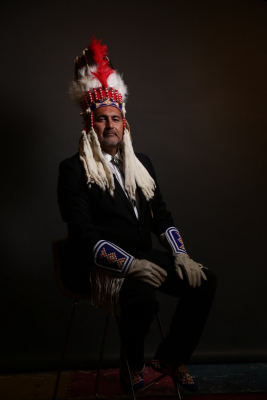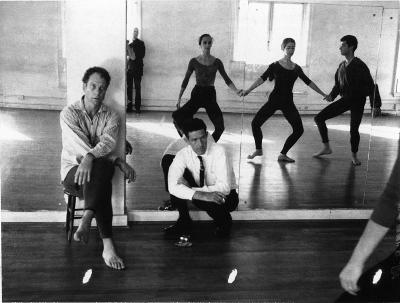Robert Rauschenberg’s License to Do Anything
Rauschenberg and Merce Cunningham’s partnership inspires a performance at the AGO this November

Robert Rauschenberg, Untitled [Cunningham Dance Company Rehearsal (II)], 1964. Polaroid. © Robert Rauschenberg Foundation
This year marks the 100th birthday of the late American painter and sculptor Robert Rauschenberg (1925-2008). Rauschenberg is known for blurring the lines between painting and sculpture, as seen in Story (1964), a large-scale Combine currently on view as part of the exhibition Moments in Modernism. As Rauschenberg worked between mediums, he also collaborated across disciplines, with one of his most notable collaborations being with dancer and choreographer Merce Cunningham (1919-2009).
On November 14 and 15, the AGO pays tribute to their artistic partnership by presenting Celebrating Rauschenberg’s Centennial with Merce Cunningham, a restaging of excerpts from several of the two artists’ collaborative dance performances.
Bojana Stancic, the AGO’s Program Curator of Performance and Live, outlines the impact of Rauschenberg and Cunningham’s partnership and reflects on the development of this celebratory performance.
---
“A licence to do anything.”
This statement is how the now iconic artist Robert Rauschenberg described his time with the Merce Cunningham Dance Company in an 1987 interview with a St. Louis TV station. While it seems this permission was granted to him by Merce Cunningham in the context of their collaboration, many would argue that its reverberations carried into Rauschenberg's work off stage too. In fact, Rauschenberg’s set design for Cunningham’s work Minutiae (1954) has been called his first Combine, a model of a collaged three-dimensional work he would become famous for.
The now titans of 20th–century Western experimental art, Rauschenberg, Cunningham and composer John Cage (1912-1992) first worked together in 1952 at Black Mountain College in North Carolina. Black Mountain College was a post-Second World War experimental learning environment inspired by the liberal and cross-disciplinary spirit of the German art school Bauhaus. The college’s intentions, amongst others, were to coalesce various forms of art, from painting to sculpture, dance, design and music, in a non-hierarchical and deliberately equivalent way. It was at Black Mountain College that the Merce Cunningham Dance Company was created, and where Theatre Piece No.1, a John Cage-instigated performance event, also referred to as the first official Happening took place.
With such incredible legacies already behind them, these artists continued revolutionary innovations in their field, Cage with turning sound into music, Cunningham with his dedication to chance operation at the intersection of choreographic rigour, and Rauschenberg who developed from a student at Black Mountain College to an artist that won the Venice Biennial Gold Lion award while touring Cunningham’s work Story (1963) in 1964.
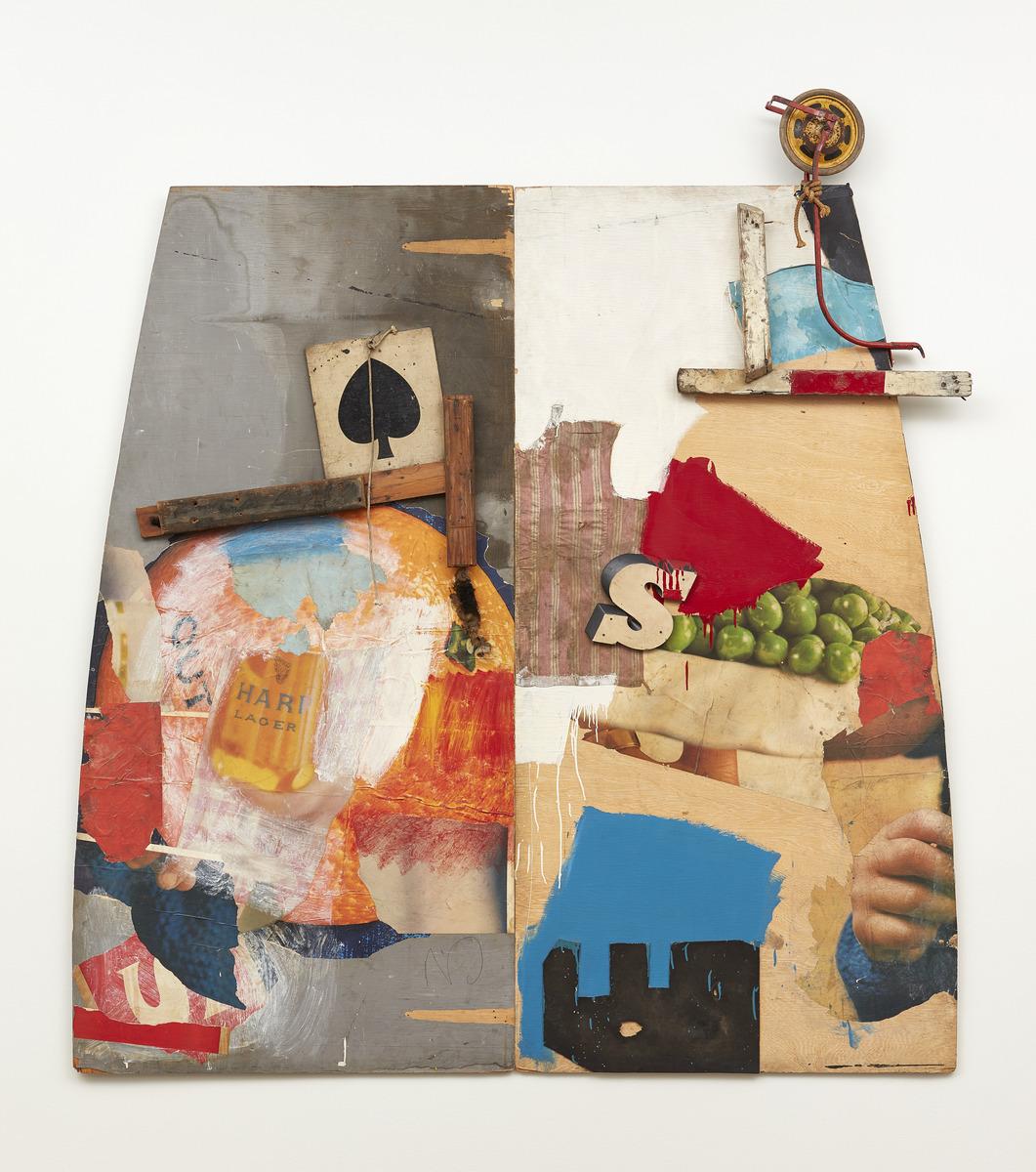
Robert Rauschenberg. Story, 1964. Mixed media on panel, 270.5 × 243.8 cm. Art Gallery of Ontario. Purchased with assistance from the Women's Committee Fund, 1970. © Robert Rauschenberg Foundation. Photo:AGO. 69/246
Story, the artwork, was created as a living set for Story, the performance, and is now one of the AGO’s most significant holdings. Rauschenberg’s contribution to this performance was an embodiment of chance operation, which is how the various aspects of the work came together. He contributed set, costume and lighting design, but the design meant that at each performance, the dancers would choose their costumes from a pile, and he would create a set from found materials at each venue. Story, the artwork, was purchased by the Women’s Committee in 1970, a group of donors who were clearly early adopters of cutting-edge contemporary art on behalf of Toronto’s community of artists and art-lovers alike. Currently, Story is on view as part of the exhibition Moments in Modernism. But on November 14 and 15, the story behind this work, as well as the story of Rauschenberg and Cunningham’s collaboration, can be experienced in the medium they ultimately transformed: cross-disciplinary performance. Generously funded by a grant from the Robert Rauschenberg Foundation, this unique, commissioned performance for the AGO will take place in Walker Court.
In collaboration with my counterparts at the Merce Cunningham Trust, as well as support from my colleagues at the AGO and the Robert Rauschenberg Foundation, this program has been almost a year in the making. Working on it transposed me to a moment in time where ideas were priceless and collaboration paramount. A rich and revolutionary period that generated a seismic shift in our understanding of art and performance alike. This coming Friday and Saturday, audiences will experience four different works on which Rauschenberg and Cunningham collaborated: Changeling (1957), Antic Meet (1958), their last collaboration XOVER (2007), and, of course, Story (1963) itself, all accompanied by live piano courtesy of artist Adam Tendler.

Robert Rauschenberg’s notes for Merce Cunningham’s performance Antic Meet, undated. Robert Rauschenberg papers. Robert Rauschenberg Foundation Archives, New York
This performance will demonstrate a narrative of generous and generative collaboration, and the fierce creativity that encased these artists’ now legendary status within the art historical canon. In addition, it also points to the commitment to creating liveness in a museum that different artists, curators and museum directors have committed to sustaining, ever since these works were first presented.
While seating is limited, combining both chair and floor seating, in the spirit of the work, viewers are invited to watch, witness, gaze and move as they see fit. Cunningham, Rauschenberg and Cage’s notion of indeterminacy, an unexpected order of things independently created and all of which come together in the moment of performance, are intended to give the viewer an aspect of creative agency as well. We can’t wait to welcome you.
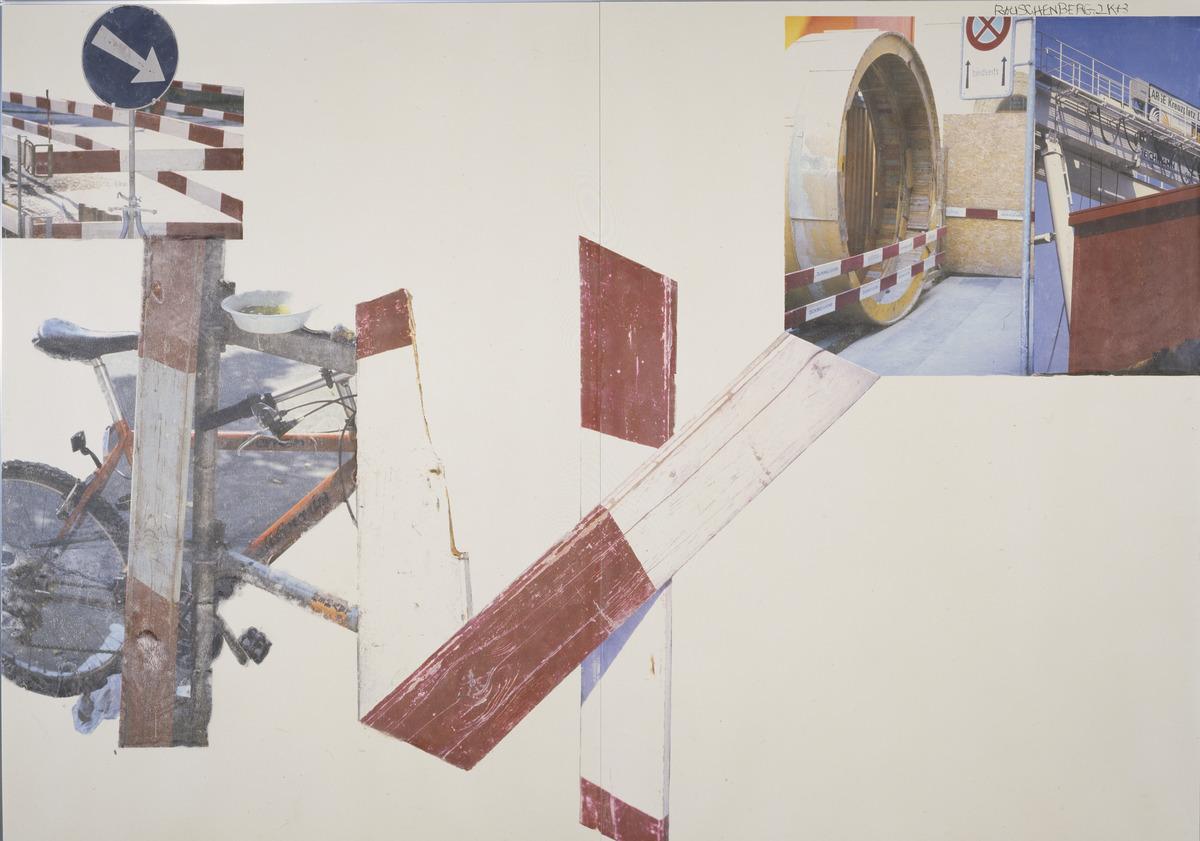
Robert Rauschenberg, Plank (Scenario), 2003. Inkjet pigment transfer on polylaminate, 217.2 x 306.1 x 5.1 cm. Robert Rauschenberg Foundation © Robert Rauschenberg Foundation. Plank (Scenario), 2003, was used as set decor for the XOVER performance choregraphed by Merce Cunningham.
Join the AGO, the Robert Rauschenberg Foundation, and the Merce Cunningham Trust in celebrating Robert Rauschenberg's Centennial, free with general admission. The commission of this performance was led by Bojana Stancic, Program Curator, Performance and Live, with generous support from the Robert Rauschenberg Foundation and the Merce Cunningham Trust.
Visit Rauschenberg’s work Story (1964) by visiting Moments in Modernism, on view now on Level 4 of the AGO.
